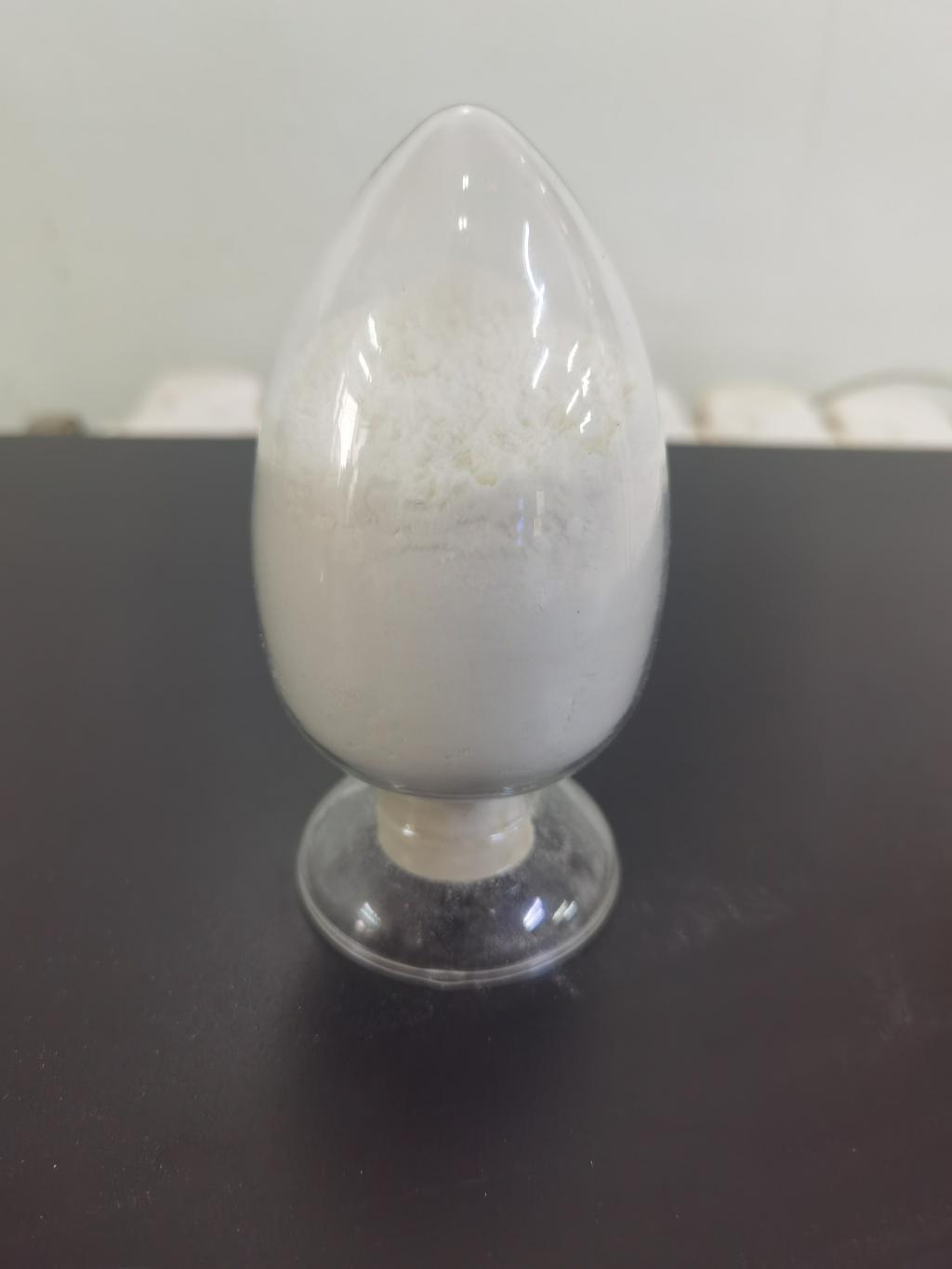Tel:+8618231198596

News
 CONTACT
CONTACT
 CONTACT
CONTACT
- Linkman:Linda Yao
- Tel: +8618231198596
- Email:linda.yao@dcpharma.cn
- Linkman:CHARLES.WANG
- Department:Overseas
- Tel: 0086 0311-85537378 0086 0311-85539701
News
Current Position:
Home >
News
>ε-Polylysine Hydrochloride in Biomedical Coatings: Shield Against Infections
ε-Polylysine Hydrochloride in Biomedical Coatings: Shield Against Infections
TIME:2024-02-19
I. The Rise of Antimicrobial Biomedical Coatings:
The increasing prevalence of healthcare-associated infections (HAIs) and the emergence of antibiotic-resistant strains underscore the need for effective preventive measures. Biomedical coatings have emerged as a promising avenue to create infection-resistant surfaces on medical devices, minimizing the risk of microbial colonization. ε-Polylysine hydrochloride, a naturally occurring antimicrobial polymer, has garnered attention for its potential to play a pivotal role in these coatings.
II. ε-Polylysine Hydrochloride: Nature's Antimicrobial Arsenal
A. Structure and Source:
ε-Polylysine hydrochloride is derived from the fermentation of Streptomyces albulus. Its unique structure, consisting of multiple lysine units linked by peptide bonds, imparts potent antimicrobial properties. This naturally occurring compound has a long history of safe use in the food industry and is gaining recognition for its potential applications in biomedical settings.
B. Mechanism of Action:
The antimicrobial activity of ε-polylysine hydrochloride arises from its interaction with microbial cell membranes. Its positively charged structure enables it to bind to negatively charged components of bacterial and fungal cell walls, disrupting membrane integrity. This interference leads to increased permeability, leakage of cellular contents, and eventual cell death. The specificity of ε-polylysine hydrochloride for microbial cells makes it an attractive option for targeted antimicrobial applications.
III. Biomedical Coatings: A Protective Shield
A. Antimicrobial Coatings in Medical Devices:
Medical devices, ranging from catheters to implants, provide surfaces conducive to microbial colonization, leading to infections. Antimicrobial coatings offer a proactive defense against this risk. ε-Polylysine hydrochloride, with its proven antimicrobial efficacy, can be incorporated into coatings to create a protective shield, preventing the formation of biofilms and reducing the likelihood of device-associated infections.
B. Orthopedic Implants:
Orthopedic implants, vital for joint replacement surgeries, are susceptible to bacterial colonization, potentially leading to implant-associated infections. ε-Polylysine hydrochloride, when integrated into coatings for orthopedic implants, demonstrates the ability to inhibit bacterial growth on the implant surface, thereby reducing the risk of postoperative infections.
C. Catheters and Medical Tubes:
Indwelling medical devices like catheters and tubes are commonly associated with healthcare-associated infections. Coating these devices with ε-polylysine hydrochloride provides an additional layer of protection, limiting microbial adhesion and biofilm formation. This not only reduces infection risks but also extends the functional lifespan of the devices.
IV. Biocompatibility and Safety Considerations
A. Biocompatibility:
The successful integration of antimicrobial coatings in biomedical devices requires a delicate balance between antimicrobial efficacy and biocompatibility. ε-Polylysine hydrochloride, with its natural origin and extensive history of safe use, demonstrates biocompatibility with human cells, making it a favorable candidate for biomedical applications. Studies on cell viability, inflammatory responses, and tissue compatibility underscore its potential as a safe and effective antimicrobial agent.
B. Resistance and Selective Toxicity:
One of the advantages of ε-polylysine hydrochloride lies in its low potential for inducing resistance in microorganisms. Additionally, its selective toxicity towards microbial cells, while sparing mammalian cells, enhances its safety profile. These attributes are crucial for ensuring the sustained effectiveness of ε-polylysine hydrochloride in preventing infections without compromising human health.
V. Challenges and Future Directions
While ε-polylysine hydrochloride holds immense promise in biomedical coatings, challenges such as optimizing formulations, ensuring long-term stability, and addressing regulatory considerations remain. Future research should focus on refining delivery systems, exploring synergies with other antimicrobial agents, and conducting comprehensive clinical trials to establish the safety and efficacy of ε-polylysine hydrochloride in diverse biomedical applications.
VI. Conclusion
In the pursuit of enhancing infection control in biomedical settings, ε-polylysine hydrochloride emerges as a formidable ally. Its unique antimicrobial properties, coupled with biocompatibility and a low risk of inducing resistance, position it as a versatile candidate for inclusion in biomedical coatings. From orthopedic implants to indwelling medical devices, the applications of ε-polylysine hydrochloride herald a new era in infection prevention. As research advances and regulatory hurdles are navigated, this natural antimicrobial compound is poised to become a critical component in the arsenal against healthcare-associated infections, shaping the future of biomedical coatings and promoting safer, more resilient medical devices.
- Tel:+8618231198596
- Whatsapp:18231198596
- Chat With Skype







